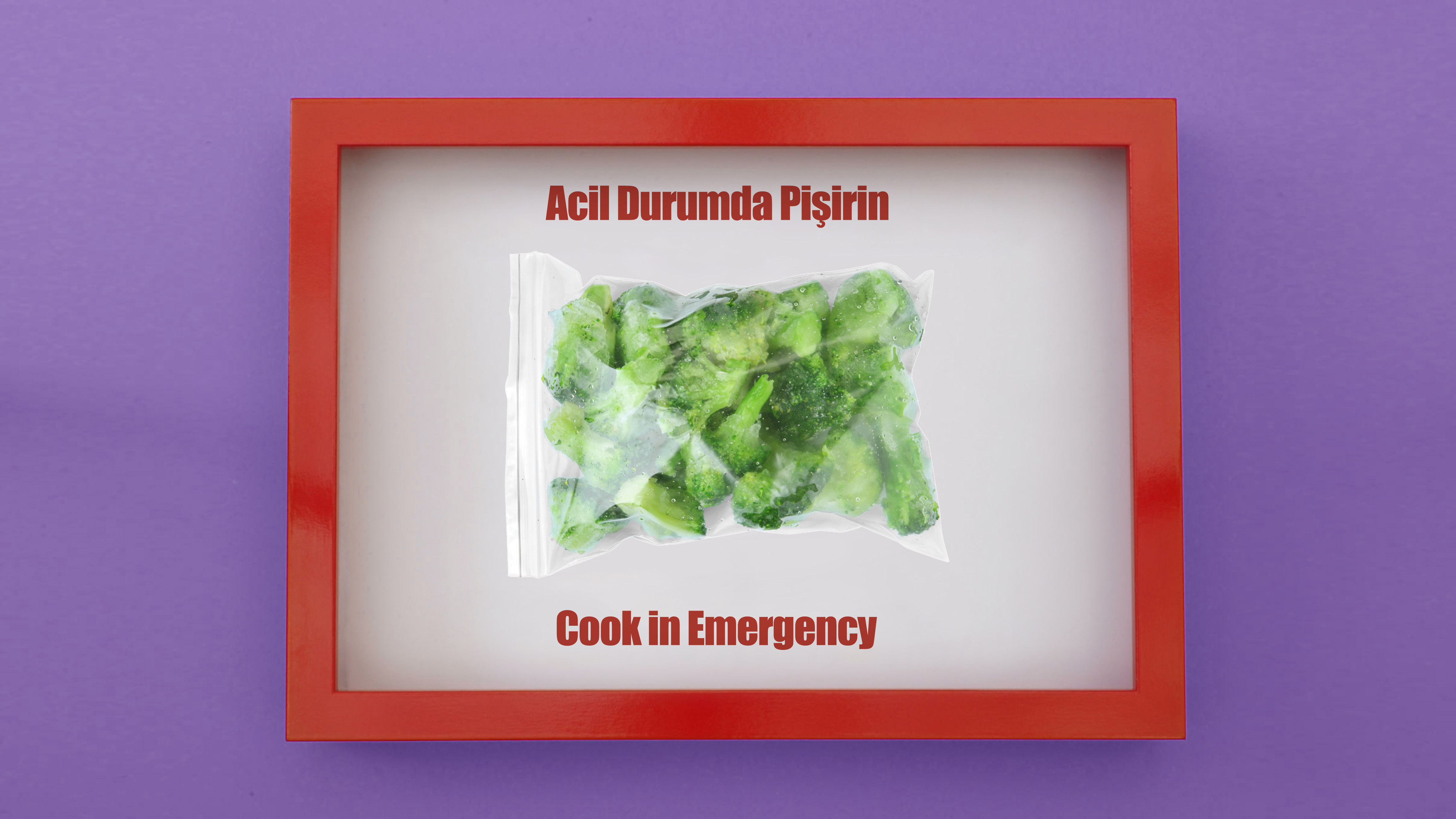Cook Always, Not İn An Emergency
Coronavirus, which enveloped the world and imprisoned us at home, caused difficult and inaccessible food and hygiene products. The national revenues, powers, or intellectual levels of the countries have not prevented people from panicking, emptying the shelves and selfish shopping. After all, humankind is a wild creature, a creature with motives. With the fear of starvation, the pasta, which is not worthless, except for Italian cakes, has become the most precious food and sold it. You ask why? The reason is, as you can imagine, very easy to cook and easy to maintain. So, is pasta enough for human nutrition, getting the nutrients it needs and being healthy? Of course, no, and in this difficult period, frozen foods came to our rescue.
.jpg)
From the Middle Ages until 1929, food storage and preservation were done by traditional methods. The methods of preserving and preserving food in the Middle Ages were almost the same as in ancient times. It did not change much until the method of canning was found in the early 19th century. The easiest and most common method used was to expose food to heat or wind to lose moisture. With this method, the water microorganisms found on the foods are destroyed, and as a result, the durability of any kind of food from cereals to meat types could be extended. It was also done by leaving food to direct sunlight in areas where hot climates prevail. In cold regions, food, especially salt-free fish, would be left in strong winds, thrown into hot stoves and stored in cellars, ceilings and even living rooms. Clarence Birdseye, the inventor of freezing methods, first began to deal with the freezing of food during Labrador expeditions to Labrador in 1912 and 1916. He saw that the natives used natural ice cream to preserve food. The Icelandic Fisheries Commission was founded in 1934 to start innovation in the industry and encouraged fishermen to start freezing their prey quickly. Frozen food is a method of freezing and longer storage of products such as seafood, meat, dairy products, fish, fruit, vegetables, puree, juice concentrate. The freezing process slows the decomposition by turning the remaining moisture into ice, preventing the multiplication of most bacterial species. There are two processes in the food industry: mechanical and cryogenic (or flash freezing). Freezing kinetics are important to maintain food quality and texture. Faster freezing produces smaller ice crystals and preserves cellular structure. Cryogenic freezing is the fastest freezing technology available due to its low nitrogen temperature of 196 ° C (−320 ° F). Preservation of meals in modern times in domestic kitchens is ensured by using household refrigerator freezers.
.jpg)
Frozen food packaging must maintain its integrity during filling, sealing, freezing, storage, transportation, thawing and frequent cooking. Just as frozen food is cooked in a microwave oven, manufacturers have developed packaging that can go directly from the freezer to the microwave. In 1974, the first differential heating vessel (DHC) was introduced. A DHC is a metal sheath designed to ensure frozen foods get the right amount of heat. Various sized holes are positioned around the sleeve. The consumer would put the frozen food inside the bucket according to the temperature most needed. Today there are many options for packaging frozen foods. Boxes, cartons, bags, sachets, sachet bags, trays and pans with lids, crystalline PET trays, composite and plastic boxes are preferable types of packaging. Plastic boxes and bags are the most preferred and even the most preferred type of packaging because of their low cost, they do not transmit heat and do not get moist.
Starting 25 years ago, frozen food production in Turkey has shown a rapid increase, a significant part of their standard to compete with the technological facilities of the existing industrial plant maintenance from western countries.



